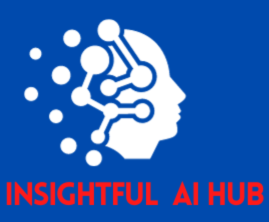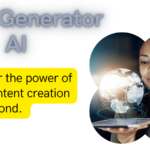In the ever-evolving landscape of artificial intelligence, accessing powerful tools doesn’t always come with a hefty price tag. In 2024, the world of AI offers a treasure trove of free tools that can revolutionize the way we work, innovate, and solve problems. This blog post introduces you to 10 AI tools that not only cost nothing but also deliver exceptional value, showcasing the incredible advancements in AI accessibility.
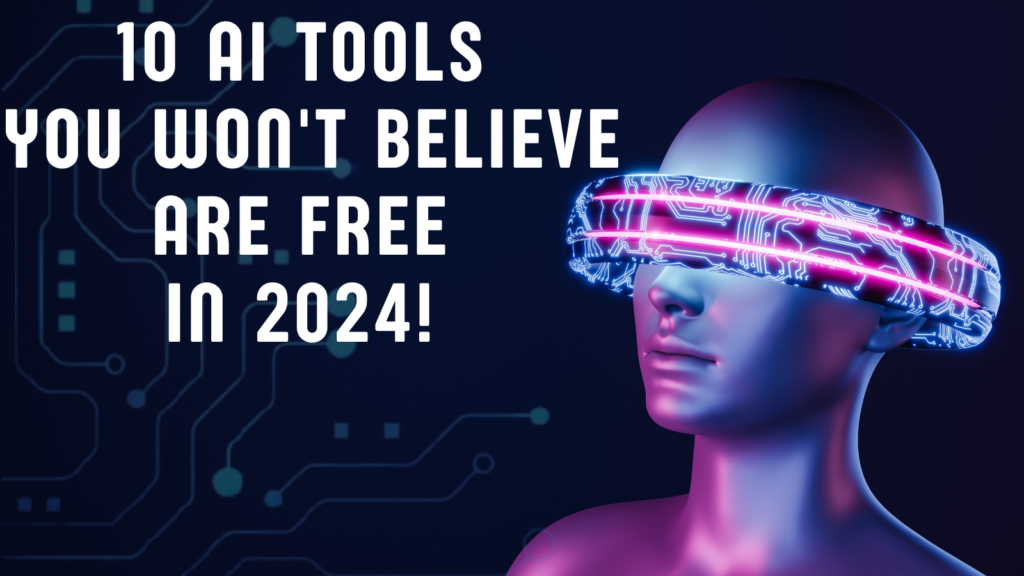
Let’s dive in and discover the potential these tools hold.
Explore 10 Free AI Tools
1. OpenAI’s GPT-3 Playground: Unleash the Power of Language Processing

Key Features:
- Natural Language Processing (NLP) capabilities
- Versatility in generating human-like text
- Integration potential in various applications
Benefits:
The GPT-3 Playground allows users to interact with one of the most advanced language models developed by OpenAI. From content creation to code generation, this tool is a versatile powerhouse. Businesses and developers can integrate GPT-3 into their applications, opening up new possibilities in chatbots, content creation, and much more.
Impact:
GPT-3 is a game-changer, democratizing access to cutting-edge language processing capabilities. Imagine automating content creation, code generation, or even brainstorming ideas effortlessly—all for free.
2. TensorFlow Playground: Dive into Deep Learning
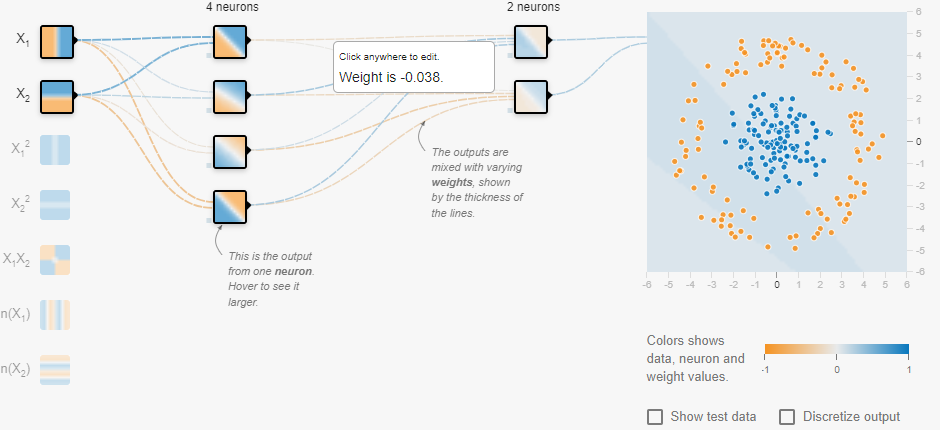
Key Features:
- Interactive deep learning environment
- User-friendly interface for building neural networks
- Real-time visualization of model training
Benefits:
TensorFlow Playground is an ideal starting point for enthusiasts and professionals alike to experiment with deep learning. Its user-friendly interface simplifies the complex world of neural networks, making it accessible to beginners while offering powerful features for advanced users.
Impact:
By providing a platform to understand and experiment with deep learning concepts, TensorFlow Playground empowers users to harness the potential of neural networks for a variety of applications—from image recognition to natural language processing.
3. IBM Watson Studio: Democratizing Data Science
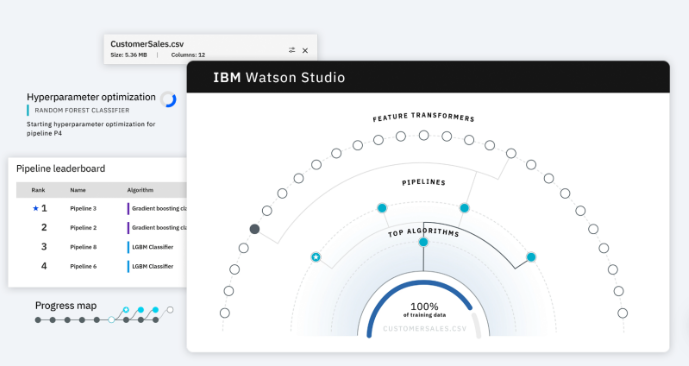
Key Features:
- Collaboration tools for data science teams
- Drag-and-drop interface for machine learning model development
- Integration with various data sources and services
Benefits:
IBM Watson Studio caters to data scientists and business analysts, offering a collaborative environment for creating, training, and deploying machine learning models. The drag-and-drop interface simplifies complex tasks, allowing users to focus on insights rather than technical complexities.
Impact:
By making data science accessible, IBM Watson Studio opens up opportunities for organizations to derive valuable insights from their data without the need for extensive technical expertise.
4. Scikit-Learn: Your Swiss Army Knife for Machine Learning
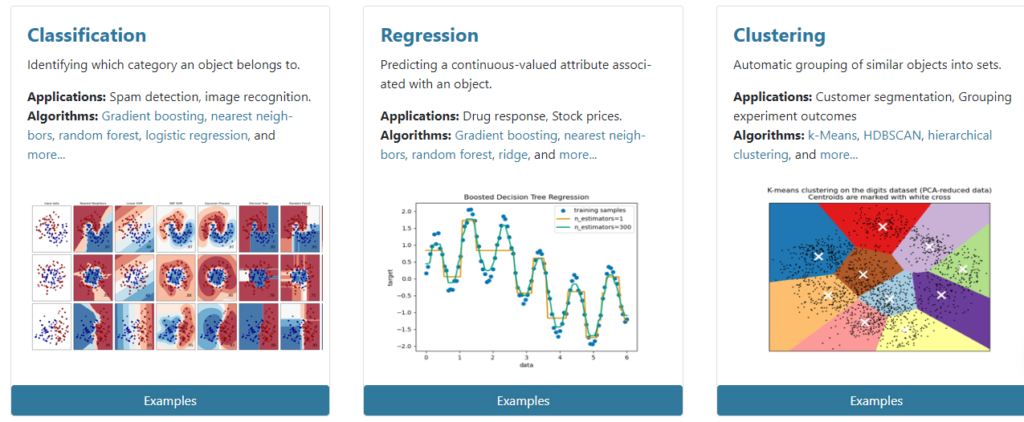
Key Features:
- Simple and efficient tools for data analysis
- Built on NumPy, SciPy, and Matplotlib
- Extensive documentation and a large community
Benefits:
Scikit-Learn is a robust and easy-to-use library for machine learning in Python. It provides tools for various tasks, including classification, regression, clustering, and more. Its simplicity, combined with a rich set of functionalities, makes it a go-to tool for both beginners and experienced practitioners.
Impact:
Scikit-Learn accelerates the adoption of machine learning by simplifying complex tasks. Whether you’re a beginner exploring the basics or an expert fine-tuning models, this tool streamlines the process, making machine learning accessible to a broader audience.
5. Google Colab: Collaborative Cloud-Based Notebooks
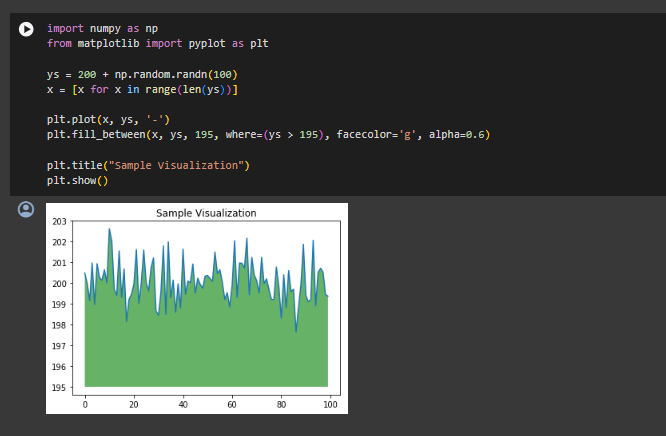
Key Features:
- Free access to GPU resources
- Seamless integration with Google Drive
- Collaboration on Jupyter notebooks in real-time
Benefits:
Google Colab provides a cloud-based platform for writing and executing code collaboratively. With free access to GPU resources, users can tackle resource-intensive tasks without the need for powerful local hardware. The integration with Google Drive simplifies version control and sharing.
Impact:
This tool revolutionizes collaborative coding and data analysis. From machine learning experiments to data visualization, Google Colab empowers users to work together seamlessly, leveraging cloud resources without incurring additional costs.
6. Microsoft Azure Cognitive Services: Elevate Your Applications with AI
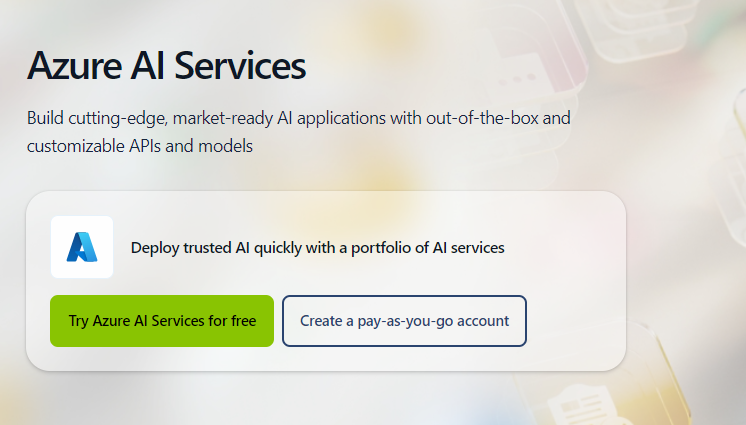
Key Features:
- Pre-built AI models for vision, speech, language, and more
- Easy integration with Azure services
- Scalable solutions for businesses of all sizes
Benefits:
Microsoft Azure Cognitive Services provides a suite of pre-built AI models that developers can integrate into their applications. From computer vision to language understanding, these services enhance the functionality of applications without the need for extensive AI expertise.
Impact:
By offering a range of AI capabilities as a service, Microsoft Azure Cognitive Services enables businesses to enhance their applications with cutting-edge technologies. This democratization of AI elevates the user experience across various industries.
7. Fast.ai: Practical Deep Learning for Coders
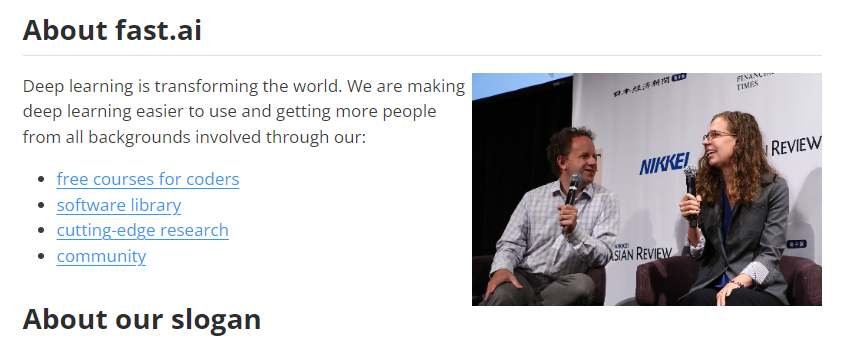
Key Features:
- Practical deep learning courses and resources
- Easy-to-follow tutorials for building state-of-the-art models
- Emphasis on real-world applications
Benefits:
Fast.ai is an educational platform that focuses on making deep learning accessible to coders. With practical courses and easy-to-follow tutorials, it empowers users to build and deploy state-of-the-art models for real-world applications.
Impact:
By democratizing deep learning education, Fast.ai bridges the gap between theory and practical implementation. Coders can leverage this resource to stay at the forefront of AI advancements and apply them to real-world problems.
8. H2O.ai: Open Source Machine Learning Platform
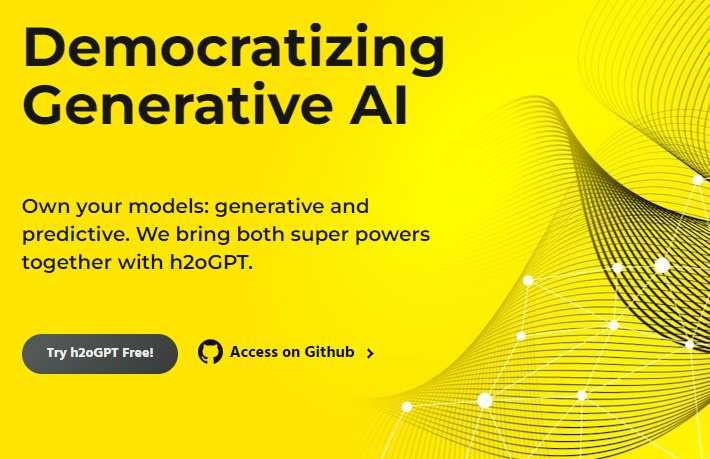
Key Features:
- Scalable and distributed machine learning algorithms
- AutoML capabilities for model selection and tuning
- Integration with popular programming languages and frameworks
Benefits:
H2O.ai is an open-source platform that simplifies machine learning with its scalable algorithms and AutoML capabilities. Whether you’re a data scientist or a developer, H2O.ai provides the tools to build, deploy, and manage machine learning models.
Impact:
The open-source nature of H2O.ai fosters collaboration and innovation. By making advanced machine learning capabilities accessible, this platform accelerates the development and deployment of models across various domains.
9. Deep Dream Generator: Unleash the Artistic Side of AI

Key Features:
- Neural network-powered image generation
- Customizable parameters for creative control
- No coding skills required
Benefits:
Deep Dream Generator transforms ordinary images into surreal and dreamlike artworks. With customizable parameters, users can control the artistic style of the generated images, providing a unique and engaging way to explore the creative potential of AI.
Impact:
This tool showcases the artistic possibilities of AI, allowing users to experiment with neural network-powered image generation. From digital artists to hobbyists, Deep Dream Generator opens up new avenues for creative expression.
10. NLTK (Natural Language Toolkit): Master the Power of Text Processing
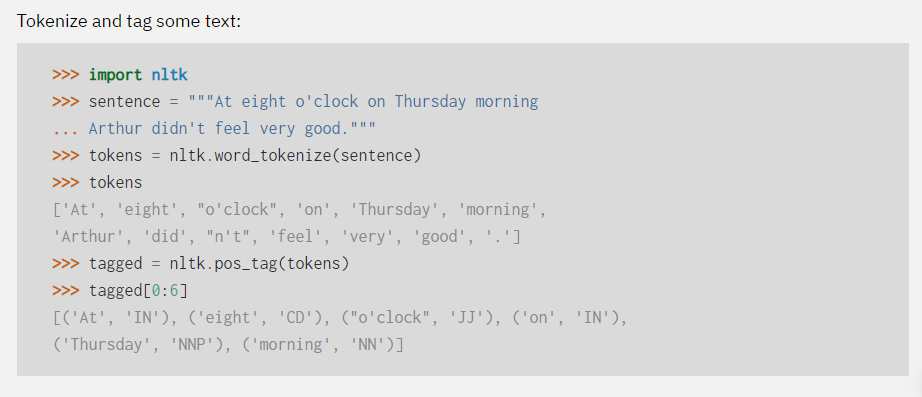
Key Features:
- Comprehensive library for natural language processing
- Tools for classification, tokenization, stemming, tagging, and parsing
- Extensive resources for learning and development
Benefits:
NLTK is a powerful toolkit for working with human language data. It provides a wide range of tools and resources for text processing and analysis, making it an invaluable resource for developers, researchers, and educators in the field of natural language processing.
Impact:
NLTK facilitates the exploration and understanding of human language data. From sentiment analysis to language translation, this toolkit empowers users to delve into the intricacies of text processing, fostering advancements in natural language understanding.
Conclusion:
In 2024, the accessibility of AI tools has reached unprecedented heights, with numerous powerful tools available for free. From language processing to deep learning, these tools cater to a diverse range of users, democratizing the benefits of artificial intelligence. As we look ahead, the continuous advancements in AI technology promise even more innovation and opportunities for users across various domains. Embrace the power of these free AI tools, and unlock a world of possibilities for your projects, creativity, and problem-solving endeavors. The future of AI is not just promising—it’s free.
By incorporating these AI tools into your workflows, you can harness the power of artificial intelligence without breaking the bank. The advancements in accessibility are not only leveling the playing field but also opening up new frontiers for innovation and collaboration. As you explore these free AI tools, remember that the world of artificial intelligence is ever-evolving, with continuous improvements and breakthroughs on the horizon. Stay curious, experiment, and embrace the exciting future that AI has in store for us all.
Thank YOU for staying with us! 📚🙏
I’d love to hear your expert insights on this topic. Please share your thoughts in the comments.
